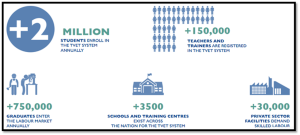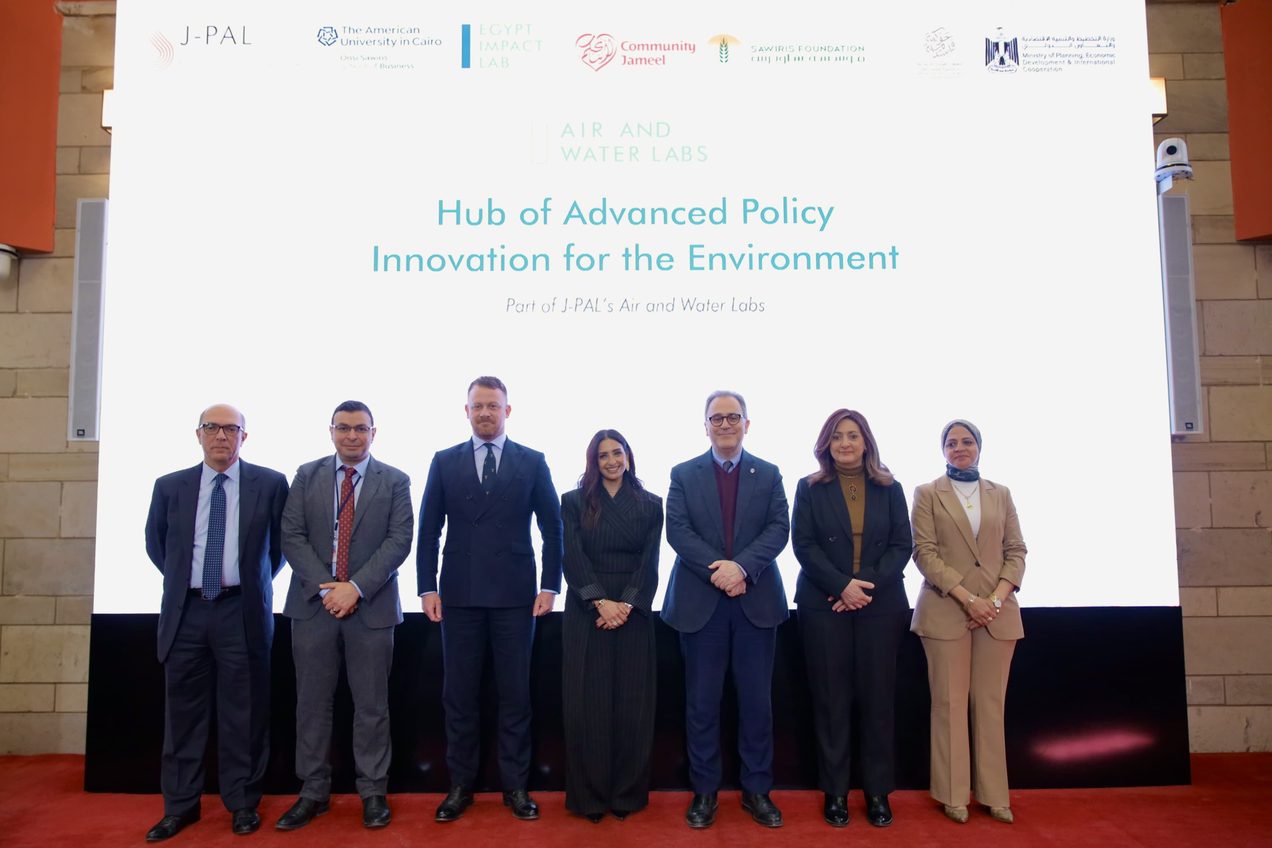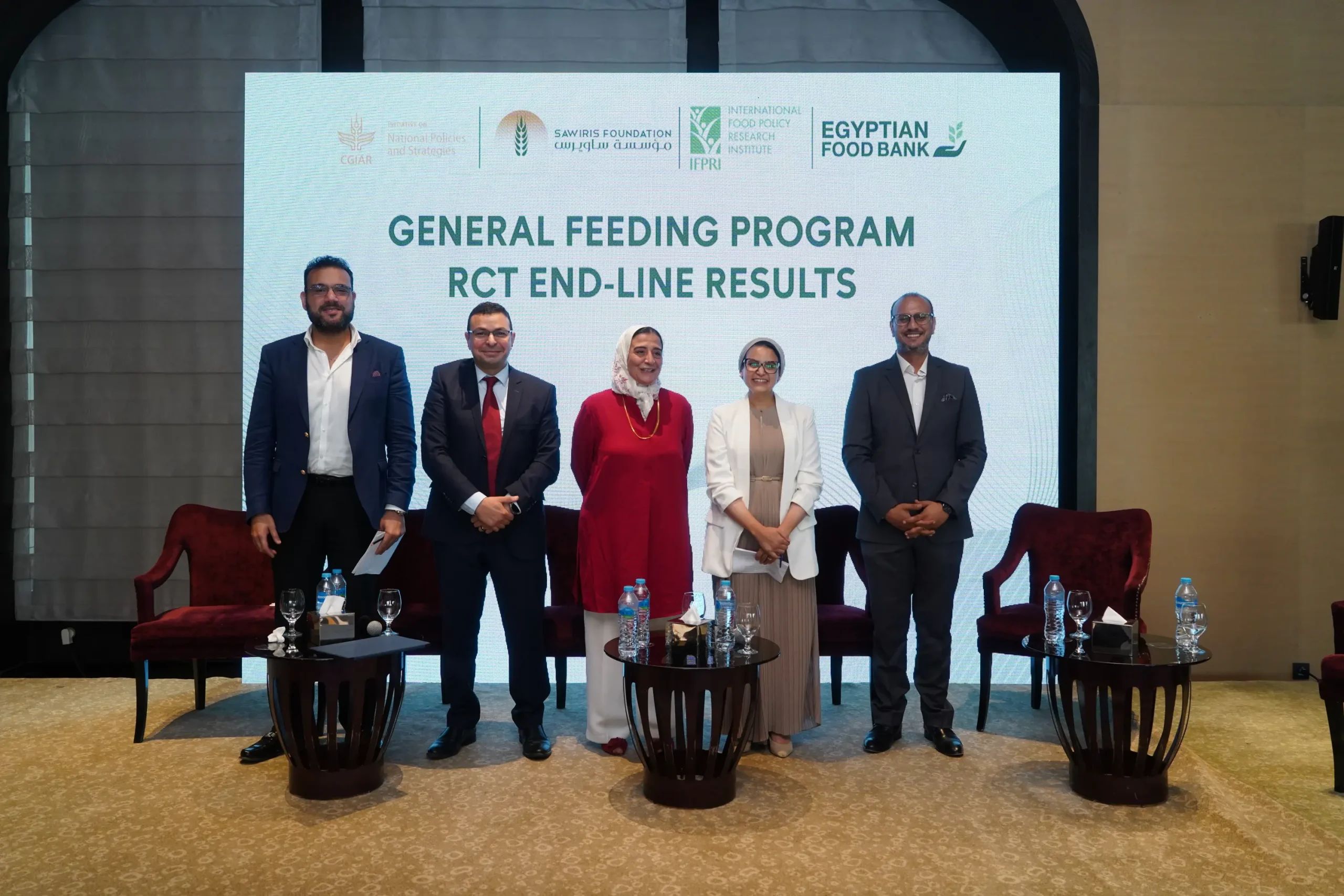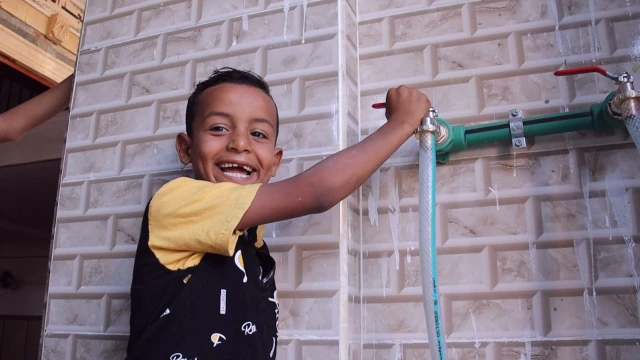Background
Households in Egypt are often eager to enroll their children in tertiary (i.e., university) education. Like many countries worldwide, Egyptian parental aspirations for children are centered around the achievement of titles such as “doctor” or “engineer”. Meanwhile, enrollment in technical and vocational educational training (TVET) systems is perceived as unfavorable.
Numerous reasons attempt to rationalize such perceptions, including pertinent classism and long-embedded socio-hierarchal cultures and norms. A big factor may be economic opportunities (earnings) of education systems and a common notion that tertiary system graduates would probably become the labor market’s white and grey collars, and would enjoy better compensation packages and workplace environments when compared to counterparts entering the labor force that has undergone TVET learning.
Yet, a large portion of households has started to perceive an alternative reality. A significant number of university graduates remain unemployed for a profuse period and are unable to find decent jobs. In particular, in Q2 2021, the “most educated” established 81.7% of the unemployed in the formal market, with the larger portion endured by university graduates, marked at 43.9%.1
Unlike their theory-burdened counterparts, TVET learners usually undergo a more intensive practical experience. Most TVET institutions hold practical training workshops on their premises, exposing students to tools and equipment similar to those used in different categories of production facilities. Furthermore, a limited though expanding portion of TVET schooling, such as found in PVTD and the Dual Education System (Expanded upon below in “International Programming”) mandates students to spend a significant portion of their learning journey in the workplace.
To that end, we believe that it is necessary to take on a different lens to TVET learning, shedding light on innovations in the sector that are advancing its edge versus tertiary education, particularly with regards to improved employment and gains in income generation.
Contextual Analysis
The TVET sector in Egypt receives more than two million students annually, of which more than 750,000 learners graduate every year. On the other hand, as recorded for the academic year 2019/2020, around 3.3 million students have been enrolled in tertiary education, with an approximate 1:1.5 ratio of registered students between TVET and tertiary education. The size of the TVET sector standing at around 3,500 schools and centers, vastly, and understandably, exceeds that of tertiary education, totaling 43 institutes.

More interestingly, Egypt has and is still enduring the impact of the infamous “youth bulge” phenomenon whereby youth under the age of 30 constitute 60%2 of the population as a result of disproportionate mortality and fertility rates.3 Although total unemployment rates had fallen to 7.4 % in Q2 2022 compared to 9.6 in Q2 20204, youth employment is estimated to be between 20% to 24% for 2021 (Unemployment, youth total % of total labor force ages 15-24).5
International TVET Improvement and Skills-Based Employment Programs
Multiple global and national programs are dedicated to TVET reform in Egypt, with key international initiatives identified as follows:
- GIZ: A milestone in the TVET system that materialized under the framework of a grant agreement between the German Federal Ministry of Economic Cooperation and Development (BMZ) and Egypt’s Ministry of Education, with technical support provided by German Technical Cooperation (GTZ), branded as the Dual Education System.6 Formulated as a public-private partnership between the Ministry of Education and Technical Education (MoETE) and employers, the system blended school-based and workplace learning with the aim of diminishing the skills mismatch between TVET provision and employer demand. GIZ still sustains this effort in collaboration with the MoETE through its current Employment Promotion Program “EPP”.
- EU: The European Union (EU) dedicated 83 million Euros, since 2005 to the present date, in contribution to the first and second phases of the “Assistance to the Reform of TVET in Egypt” Program, “TVET I” and “TVET II” (TVET Egypt), which focuses on structural reform to governance and social perceptions, TVET quality and relevance, and transition to work.
- USAID: USAID committed to the WISE program, followed by the current Workforce Egypt Program, to improve TVET systems and curricula, along with school-to-work transition. In particular, USAID commenced 2022 with the launch of the International Applied Technology School in collaboration with the MoETE.
- Global Affairs Canada: Global Affairs Canada and the Aga Khan Egypt Foundation have intervened with reforms to TVET learning in Aswan, through the Aswan Skills Development Project.
- UAE Government: The UAE government, in its support of Egypt, sponsored a large skills-based employment initiative, The Egyptian-Emirati Training for Employment Project, which gave particular focus to vocational learning as a key pathway to youth employment, and further invested in the creation of a Labor Market Information System.
The summative gain of such efforts is indicated in the embedded TVET reform initiatives within several sustainability efforts of Egyptian and Egypt-based private sector entities, some of which are highlighted in the following section.
National Initiatives
1. National Flagship Model: Applied Technology Schools (ATS)
Learning from earlier supply-driven TVET models that missed responding to actual market requirements, MoETE embarked on a new national flagship model for TVET institution reform.
The Applied Technology School (ATS) model runs in long-term partnerships with leading industry employers and is adopted within a new innovative technical education system launched by the MoETE dubbed “Technical Education 2.0”. Geared towards the generation of highly qualified calibers, MoETE kicked off ATS in 2018 as a new brand of TVET, shaped through novel certification that is delivered across international standards of quality and competence. These schools provide three-year technical secondary education degrees, and five-year technical intermediate associate degrees (3+2). ATS is particularly focused on global accreditation partnerships, streamlined center-based and work-based learning, and key employer partnerships. This list identifies current ATS models promoting employer partnerships.
2. An Employer-Led Initiative
Complementing ATS, are employer initiatives delivering sustainability strategies of visionary employers, and simultaneously equipping learners with skillsets concurrent to existing market needs. Sekem Vocational Training Center, operated by SEKEM Holding, a pioneer Egyptian social enterprise, delivers such a three-year dual system education program to inhabitants of Sharkia governorate different vocational trades as part of its comprehensive primary and secondary program.
3. The German Hotel School in Gouna (GHS)
A prominent model of employer-led initiatives, and a flagship project of SFSD, is the Deutsche Hotelschule El Gouna, also known as The German Hotel School in Gouna (GHS). GHS was established in 2002 as a joint project between Orascom Holding and the Egyptian German Academy for Economy and Technology, a sister company of Dr. P. Rahn & Partner GmbH, in cooperation with IHK Leipzig, El Gouna, and Hurghada Hotels.
GHS ownership was transferred to SFSD in 2017, and now stands uniquely rendering high-quality hospitality education that combines theoretical study and practical training in hotels. GHS offers a 3-year diploma program, during which students acquire the German Language, as well as the necessary competence to work in the tourism and hotel industry. Earned competence sustains knowledge and practice in four different subjects, namely: Kitchen, Service, Housekeeping, and Front Office, in addition to alignment with subjects mandated by national curricula. Learning success is crowned with a German Dual system diploma certificate in the field of hospitality, accredited by the German Chamber of Industry and Commerce in Leipzig (IHK) and Egypt’s MoETE.
With a current capacity to register 225 learners, future plans look forward to doubling this number to the licensed capacity of 432 learners. Since 2005, The GHS has successfully graduated 843 very able calibers. Carrying the immense learning experiences and certification requirements endowed to GHS learners; the ultimate benefit is pronounced in the labor market entry performance statistics of GHS graduates. From 2016 to 2020, the average employment rate of GHS fresh graduates (usually 18 years old) was marked at 34%.
Conclusions
Through progressing reform of the TVET systems, learners enjoy improved linkages to job opportunities and to an appealing income, such is apparent from market participation rates and outcomes of successful TVET learning models such as GHS. Advancements in major employer investments in TVET, spearheaded by Applied Technology Schools, pose a TVET ecosystem that is gaining track over tertiary education with regards to the opportunities it provides to its learners. Employer investment as such produces a virtuous cycle, whereby the industries’ skill gaps are fulfilled, paving for further business growth, and in turn catering to increased job opportunities for new learners.
Furthermore, “healthy supplements” are being favored by the TVET ecosystem, in the form of initiatives coupling vocational skills with basic linguistics, marketable life, and workplace skills, and a gradual outlook to the digital domain, particularly in technology and automation-based industries. There can still be room, however, for robust market intelligence, as such required for both TVET and tertiary education, leveraged by job matching services, to which numerous models are operating, with some catering to TVET learners, such as Shaghalni, Wuzzuf, and others.






